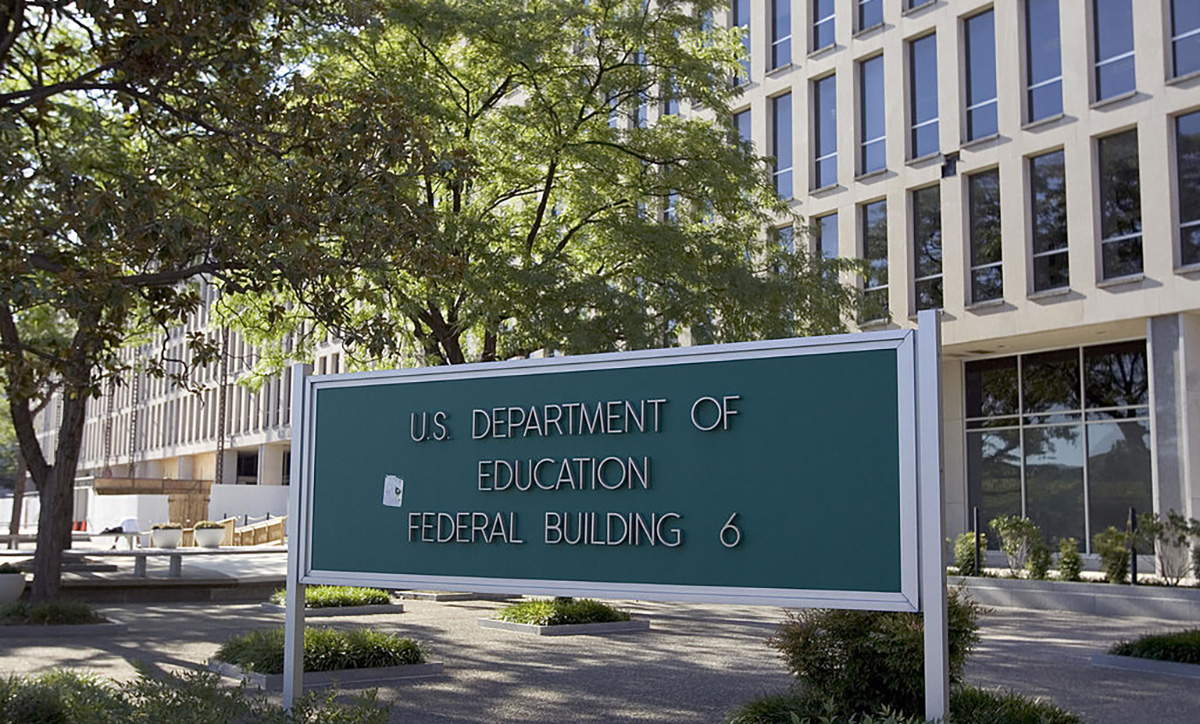Teacher’s View: Feds’ New Discipline Guidance Can Help Kids With Disabilities
But for it to be effective, school, district and state leaders must put the guidance into practice and enforce it by reporting infractions

Get stories like this delivered straight to your inbox. Sign up for The 74 Newsletter
The mantra “all students can learn” echoes through the rooms of educator prep programs, professional learning sessions and trainings on curricular materials. As a special education teacher for the last 12 years, I deeply believe this to be true.
However, time and again I have watched adults make decisions that do not support this notion. I have seen students with disabilities removed from their general education classrooms — and therefore robbed of learning time — because of behaviors that were clearly a manifestation of their disability. I have seen students who have individualized education programs denied the services that were outlined in their plan. And I have seen students with disabilities placed in more restrictive educational environments, such as a self-contained special education classroom, because of behaviors that could have been managed in the general education setting.
My experience is backed up by data. Students with disabilities are suspended at twice the rate of those without disabilities, and evidence shows that Black male students with disabilities from low-income backgrounds are most at risk for this exclusionary discipline.
On July 19, the U.S. Department of Education’s Office for Civil Rights and Office of Special Education and Rehabilitative Services acknowledged the persistence of these inequities and released new guidance and resources. The goal is to help public elementary and secondary schools fulfill their responsibilities to meet the needs of children with disabilities and avoid the discriminatory use of student discipline.
This new guidance is worth celebrating. It offers concrete strategies for districts and schools and, crucially, allows the Office of Civil Rights to investigate and prosecute districts that do not comply. When the Obama administration released school discipline guidance in 2014 specific to students of color, districts across the country revised their suspension policies, and suspensions fell nationwide. I am hopeful this will happen again.
However, effective implementation relies on individuals at the school, district and state levels to be aware of the guidance, put it into practice and enforce it by reporting infractions. This means there is a long and complex chain of events in which everything must go right in order for students with disabilities to receive the free, appropriate public education to which they are entitled.
I was excited to see, then, that the guidance recommends that states spend a portion of their COVID relief funds to train teachers to put it into practice. This can help teachers implement the evidence-based approaches shared in the guidance in order to promote positive coping mechanisms for their students with disabilities, rather than punishing negative ones.
For example, systems like positive behavioral intervention and supports in the classroom can improve students’ communication and coping skills and help schools avoid exclusionary discipline. And restorative practices — through which teachers encourage students to understand the harm of their behavior and to repair situations created by their actions — can in many cases take the place of suspensions or expulsions. These strategies can motivate all students, not just those with disabilities, to manage their own behavior at school and at home, and give teachers alternatives to removing students with disabilities from the classroom.
Implementing such strategies is challenging work. Holding students with disabilities accountable for their behavior, without disciplining them for those they cannot control, is a delicate balance. Training must be ongoing and incorporated into the school day in order to give educators, especially general education teachers, the coaching and feedback necessary to get this balance right.
The guidance also recommends that schools use targeted, individualized supports like individual counseling and wraparound services for the students who struggle the most. When children’s social-emotional and physiological needs are met through services such as these, they are better positioned to build positive relationships and grow academically. Implementing this piece of the guidance through school counselors and social workers is crucial; teachers cannot and should not be expected to do this work alone.
All states and districts have an obligation to implement this guidance, and I encourage them to leverage the evidence-based strategies promoted in them. They should use their COVID relief funds for this work, including for training teachers to better support and protect each and every student. And all teachers and principals should take the time to read and digest the guidance, talk to their colleagues about it and challenge their school communities to make the changes necessary to ensure that students with disabilities have a safe and positive learning environment.
Get stories like these delivered straight to your inbox. Sign up for The 74 Newsletter

;)